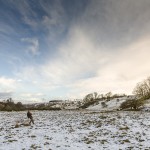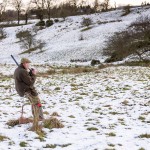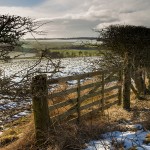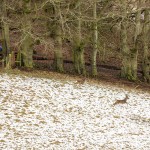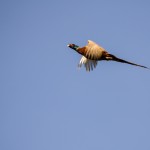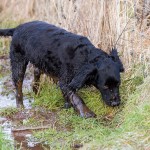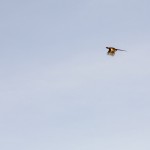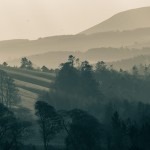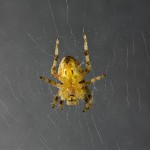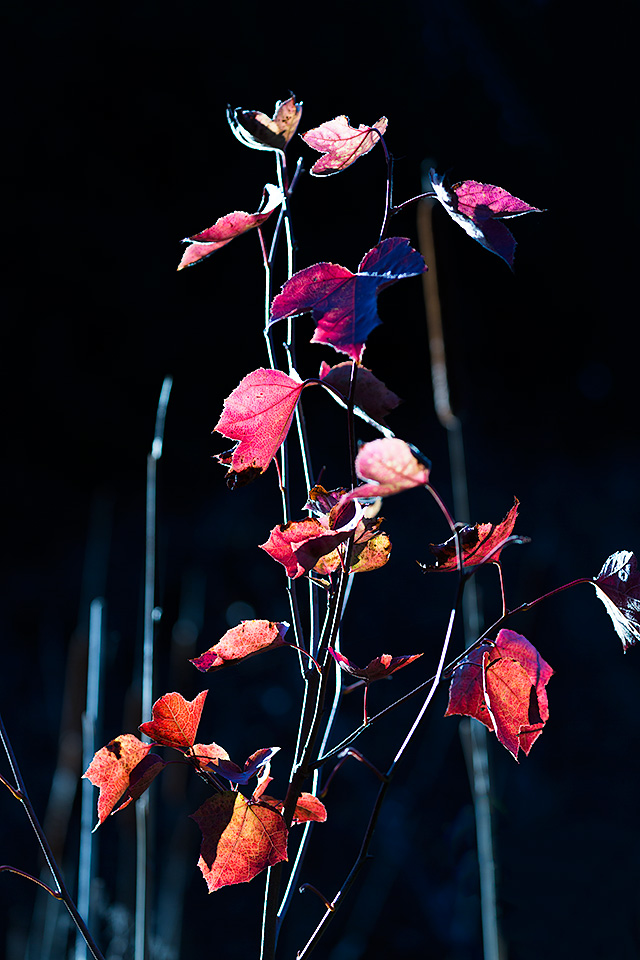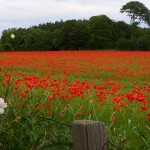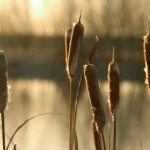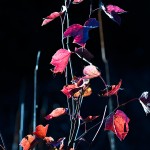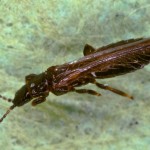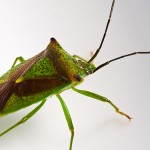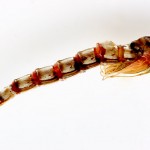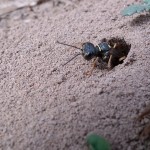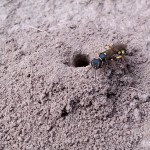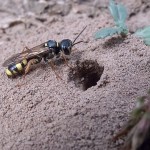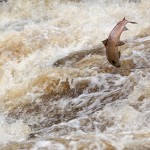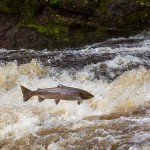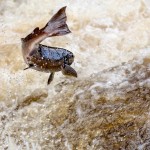Miscellaneous Plants and Flowers
Mostly incidental shots, plus a few walks round the Botanic Gardens.
Fungi
Here is an article on obtaining and processing amadou for use in drying fishing flies.
Digger wasps
Fascinationg to watch them. Several different castes at work.
Almond 2014
Went to a different spot this year – much more of a challenge than Buchanty. Main problem was the light, as I was on the north bank, and down a gorge, so the fish were rather back-lit and silhouetted.
I tried different settings, going with manual, dialling in 1/1000s and stopping down a bit to help with sharpness when focus wasn’t 100% on target. I ended up mostly at f4.5 to f5.6. I needed to take ISO off auto to try and dial-in a bit of +ve EV to combat the bright water background. That gave me mostly around ISO 640. I tried to keep it at +1 EV, but while I was shooting away I missed spotting the light dropping and pushing the meter down to 0 to -1 EV. Spotted it after about 100 or so underexposed shots. Did my best to rescue exposure in ACR.
A good way to get comfy when doing one of these sessions (couple of hours sitting on a rock) is to set the camera up on a monoopod with a tiltable head attached. Leave the head loose, then you can tilt quickly in any direction to track a fish. I keep my thumb on the servo focus button the whole time. I actually flattened a battery (in fairness it was only half charged at the start) running the servo focus and IS motors for 2 hours! I could probably have switched off IS.
AF centre group is the best approach – if all points are active, it picks up the water and misses the fish too much. Even then, a lot of the crispest shots are actually ‘late’ shots. I set the camera to get on with it and not wait until focus is achieved. If you wait, the fish is gone too often before the camera ever fires a shot. However, the first shot with the AF points on the fish is often soft, as AF hasn’t got there yet. About the time AF hits target, the fish drops down, and my old reflexes aren’t quick enough to follow it half the time. However, the next shot fires before AF tries to refocus on the river behind it, and the result is sharp. Oh well, whatever works.


